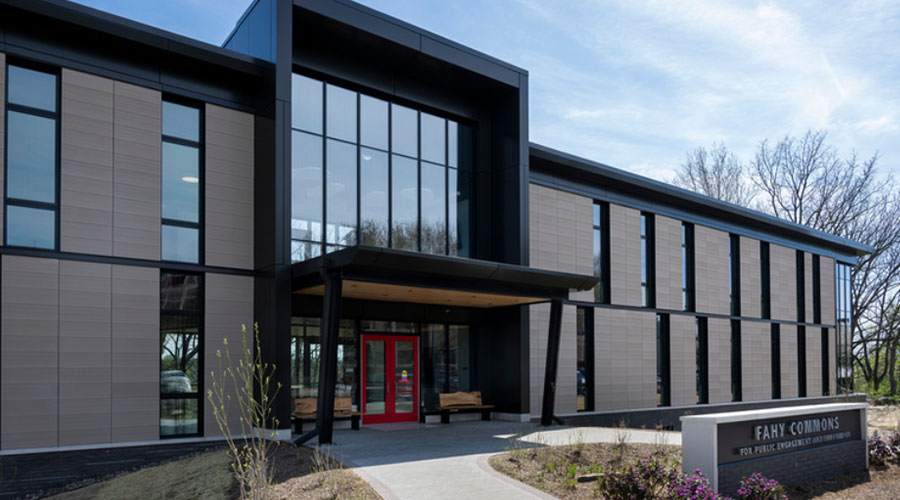Roofing: The Economic Impact of Roof Leaks
Maintenance and engineering managers at one time or another face this dilemma: When is roof replacement a better option than continued roof maintenance? Of course, the ideal answer to this question is never. But it is rare that a roof's service life equals the service life of the rest of the building.
The more obvious answer to the question is that roof replacement is a better option when the roof's watertight integrity — its primary function — is compromised. In other words, when leaks become intolerable, it is time to replace the roof.
But when do leaks become intolerable? Is leak tolerance the best or most cost-effective reason to make a huge capital investment? A central element in the roof-replacement decision for managers is determining when leaks become bad enough to mandate replacement.
The Economics of Leaks
In some cases, a financial model can help managers determine when roof maintenance has reached the point of diminishing returns, in which case managers essentially end up throwing good money after bad. As much as managers preach preventive maintenance (PM) for roof systems, at some point PM becomes useless.
It is difficult to justify the capital expense of replacing a roof, especially when that money could go toward buying new equipment and systems that would benefit the organization's bottom line. But roof leaks also can hurt the bottom line. Consider these real-world examples:
Interior damage. Roof leaks that damage ceiling tiles, carpet, furniture, and computers are common, but the damage can be much more severe. For example, one school lost its gymnasium floor due to damage from roof leaks. The school had to cancel or move athletic events and replace the floor, at a cost of $500,000.
Operations downtime. A roof leak for one building owner shut down operations for a day, costing the company an estimated $700,000 in revenue.
Damaged products. A retail store recently lost more than $40,000 worth of products due to one roof leak.
Lost business. Roof leaks forced one hotel to close its top floor — its priciest rooms — for three weeks, causing significant lost revenue.
Managers must incorporate all of these factors into any life-cycle cost analysis in trying to justify a roof replacement. Granted, for any manager who has not gone through the cost-justification process, projected costs are only predictions. But to neglect figuring in these costs is misleading and provides a false sense of security.
Related Topics:














